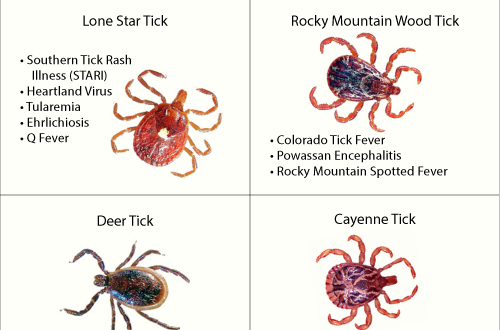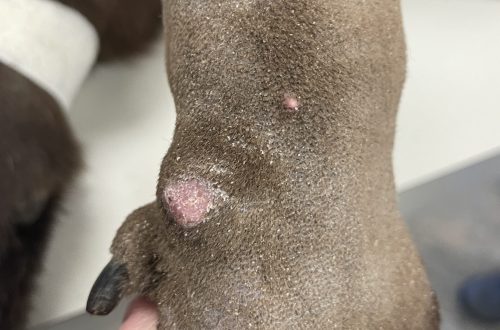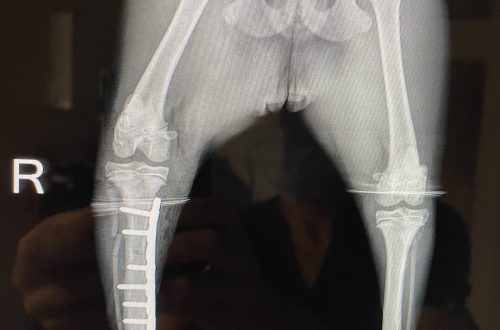Pet Conditions
Tick Borne Disease
Anaplasmosis is a tick-borne disease caused by the bacteria Anaplasma phagocytophilum and Anaplasma platys. Anaplasma phagocytophilum predominantly affects white blood cells, while Anaplasma platys primarily affects platelets.
Skin
Acne is a skin condition characterized by the formation of comedones (blackheads and whiteheads), papules, pustules, and in severe cases, nodules and cysts. It primarily affects the chin, lips, and muzzle area in dogs, while cats can also develop acne lesions on their chin and lips.
Neurological
Atlantoaxial Subluxation occurs when the articulation between the first and second cervical vertebra is unstable. This can occur in dogs and cats from birth and/or from trauma. This instability then causes compression of the associated spinal cord. Symptoms of hyperflexion of the neck may be present with trauma, neck pain, ataxia (staggering-type walk), and inability to walk on the limbs. Diagnosis is usually based on x-rays of the neck/spine.
Musculoskeletal
Achilles Tendon Injury is an injury to any of the tendons that attach to the calcaneus bone. The tendons that make up the achilles mechanism include the gastrocnemius tendon, common tendon of the biceps femoris, and the superficial digital flexor tendon.
Lung
Bronchiolar and Pulmonary Neoplasia is cancerous growth that originates in the bronchi and lungs. Clinical signs include cough, difficulty or rapid breathing, and lethargy. Diagnostic testing includes bloodwork, chest x-rays, CT scan, or bronchoscopy.
Liver, Gall Bladder, and Pancreas
Acute Hepatic Injury is a sudden injury to the liver as a result of trauma, shock, infectious disease, or drug, chemical, or toxin exposure.
- Schedule
Schedule Your Pet’s Next Visit Today
Monday: 9:00am to 7:00pm
Tuesday: 9:00am to 5:00pm
Wednesday: 9:00am to 7:00pm
Thursday: 9:00am to 5:00pm
Friday: 9:00am to 5:00pm
Saturday: 9:00am to 1:00pm
Closed on Sundays
Contact:
(810) 207-3066
Book An Appointment
Please complete the following form and we will contact you to schedule your appointment.
You may also call us today at 810-207-3066 to schedule






